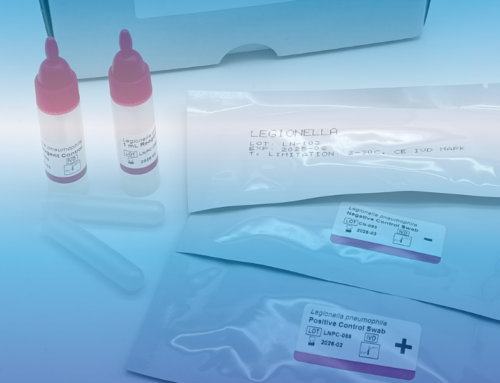Point of care (POC) analyzers allow rapid on-site assessment of measured parameters.
The result of a clinical chemistry laboratory device achieves higher sensitivity and specificity compared to a portable POC device. In addition to the high performance of the laboratory instrument, this is also due to the conditions and legal requirements that must be met in a medical laboratory, as well as the specialized personnel and preanalytics. The results of the internally or externally located central laboratory are essential for optimal patient care.
In the time-saving analysis of parameters by a POC device or in the measurement by a clinical chemistry laboratory device, measurement results are assessed in the respective reference range of the corresponding device. In contrast to a complex analysis from centrifuged venous blood, done by a clinical chemistry laboratory device, with point of care analysis devices, only a so-called screening is carried out from a drop of capillary blood.
For now, this result is sufficient for emergency physicians to efficiently transfer patients, reduce length of stay and improve emergency department throughput. After all, when it comes to diagnosing a life-threatening event, treating physicians should be able to make decisions quickly.
Time delays in acute care can have a negative impact on patient health. In emergency medicine, every second counts. For example, if a patient is admitted to the emergency room with a suspected acute myocardial infarction, a POC analyzer, such as the BIOspeed Analyzer (internal link BIOspeed), can determine the value of high-sensitivity troponin I (hs-cTnl) using capillary blood from the fingertip in just under 15 minutes. Evaluation on a clinical chemistry analyzer in an internal or external central laboratory is more time-consuming, also in view of the often long transport distances of the patient samples.
Thanks to point-of-care diagnostics close to the patient, emergency physicians can obtain an initial impression and initiate the first treatment measures promptly. A detailed laboratory examination on a clinical-chemical laboratory device takes place subsequently, if the patient has already received appropriate emergency medical care.
Conclusion: POC devices and clinical chemistry laboratory devices complement each other. While the POC device provides a rapid decision-making basis for the emergency care of the patient, the results of the clinical chemistry analyzer in the central laboratory support the follow-up diagnosis and further therapy of the patient.







